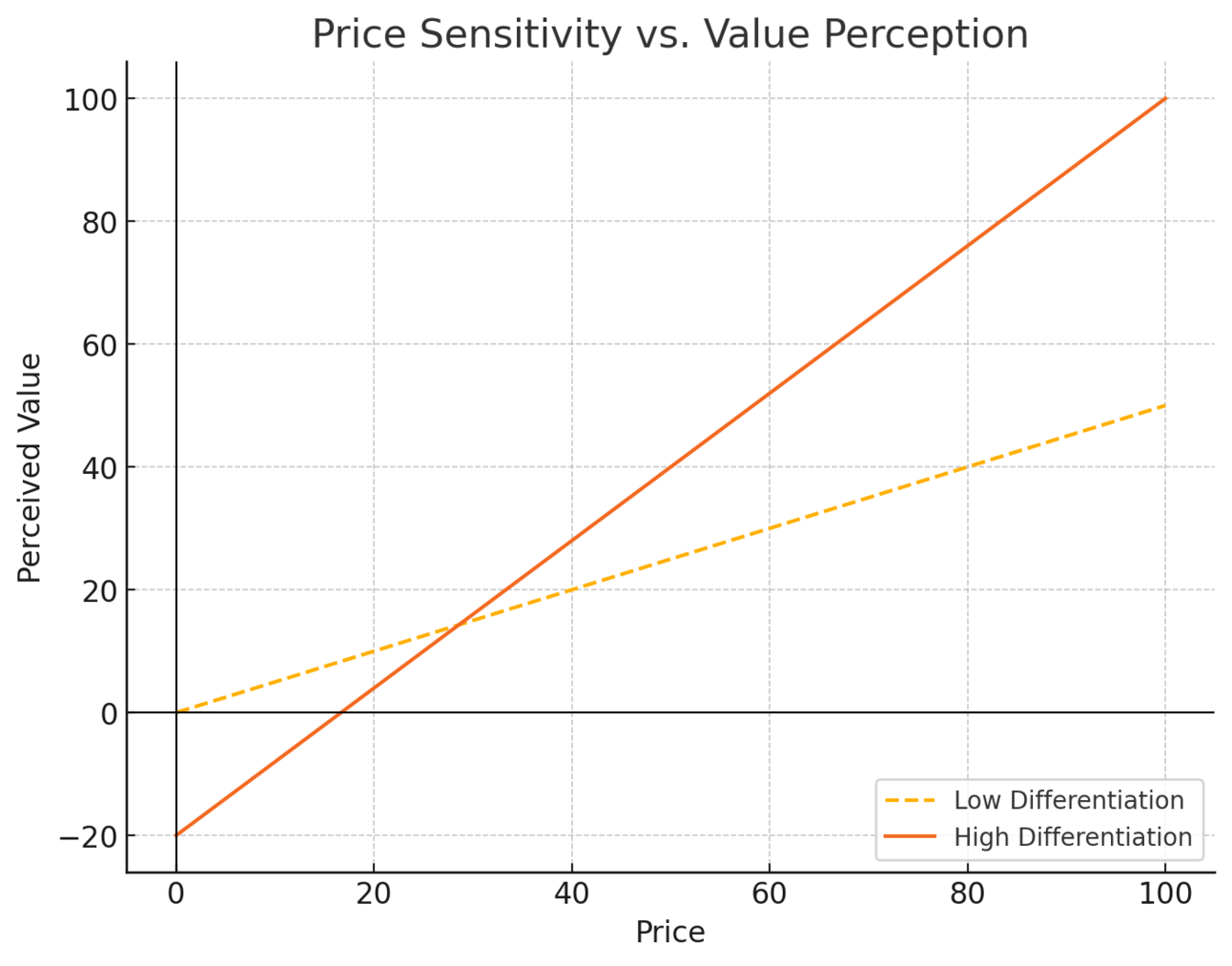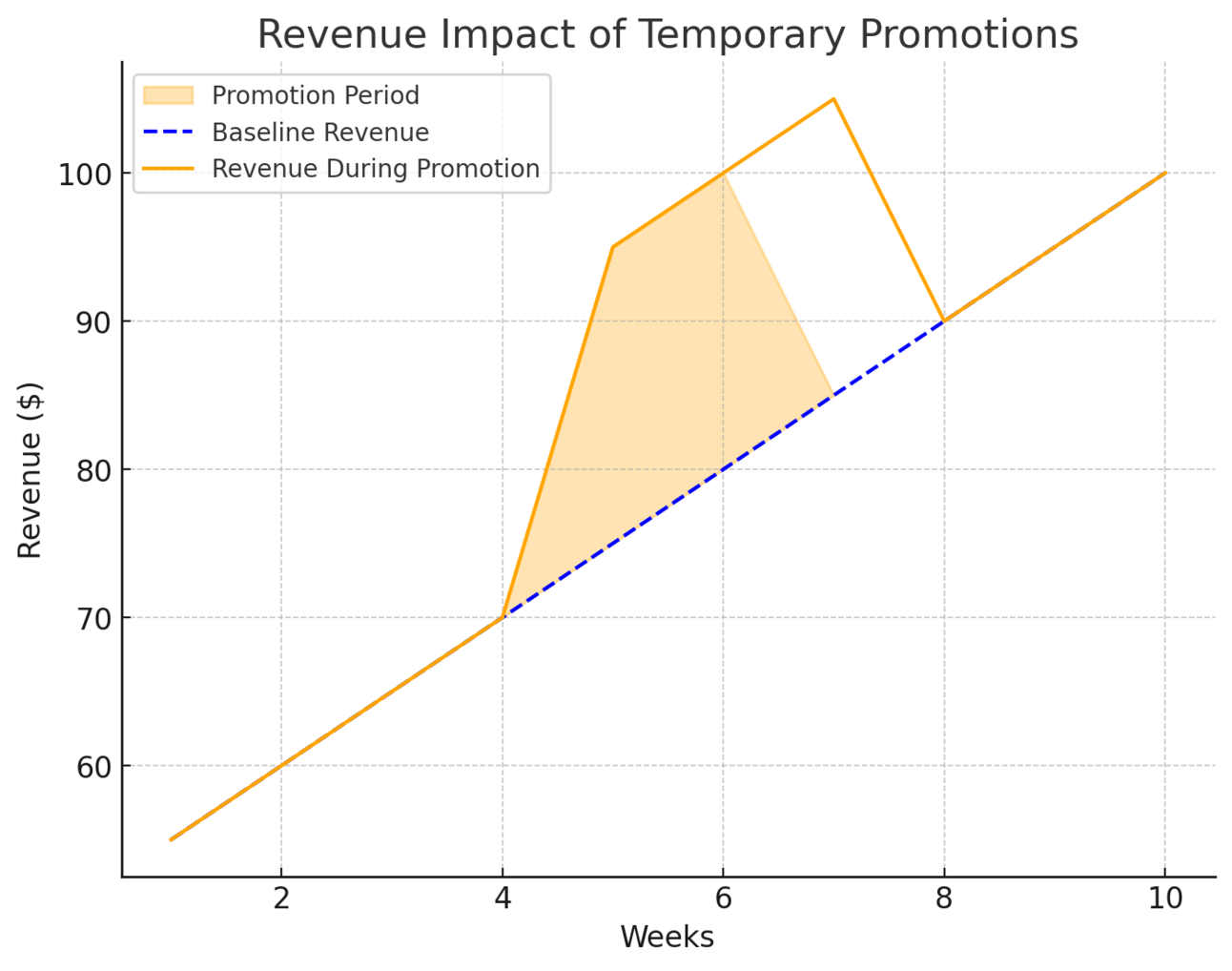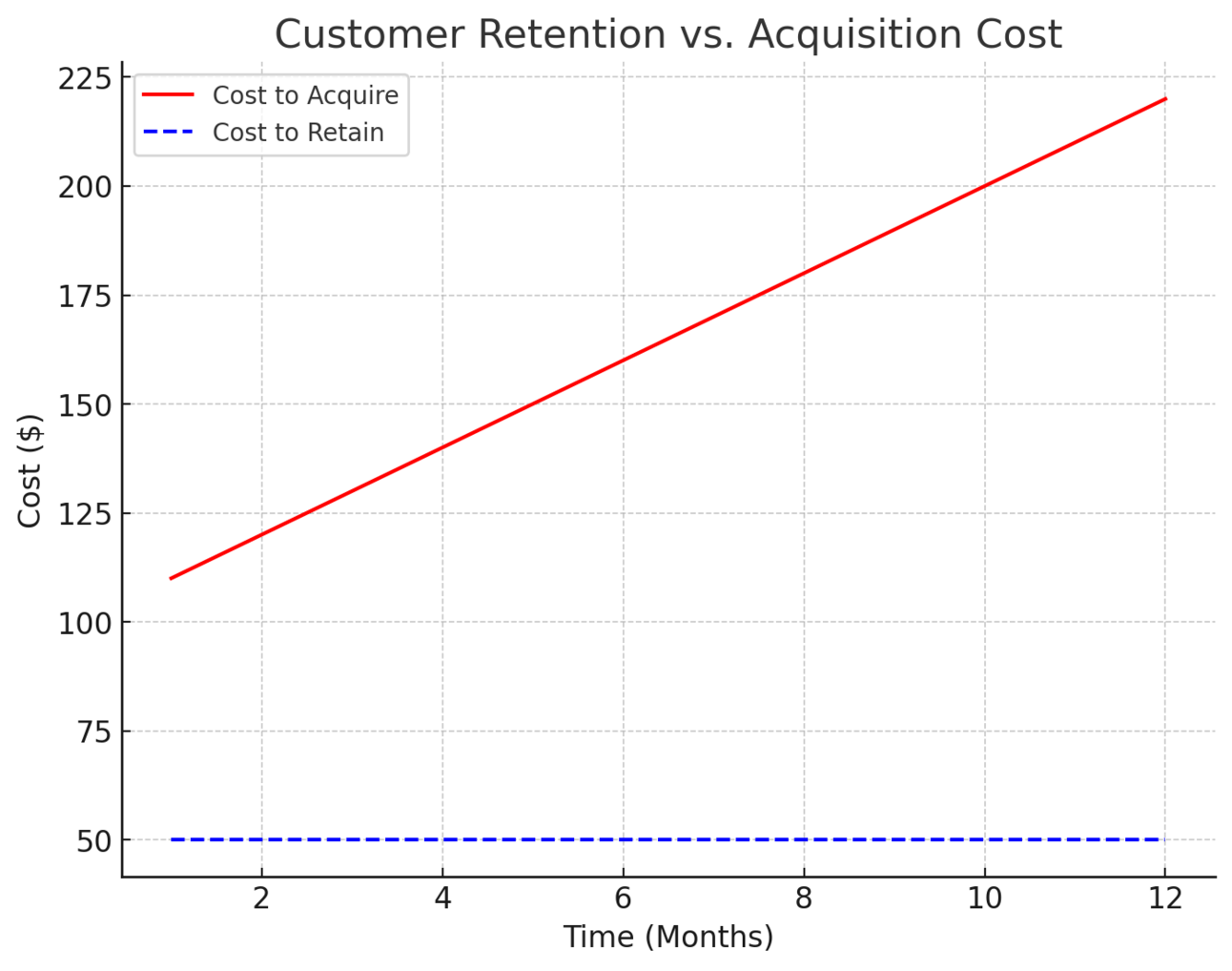- Growth Elements
- Posts
- Pricing Wars: Strategies to Compete Without Eroding Profitability
Pricing Wars: Strategies to Compete Without Eroding Profitability
Read time: 4 minutes.
Welcome to the 93rd edition of The Growth Elements Newsletter. Every Monday and sometimes on Thursday, I write an essay on growth metrics & experiments and business case studies.
Today’s piece is for 7,000+ founders, operators, and leaders from businesses such as Shopify, Google, Sage, Hubspot, Zoho, RateGain, Zaggle, Servcorp, and Apollo.
Today’s The Growth Elements is brought to you by:
Ready to level up your work with AI?
HubSpot’s free guide to using ChatGPT at work is your new cheat code to go from working hard to hardly working
HubSpot’s guide will teach you:
How to prompt like a pro
How to integrate AI in your personal workflow
Over 100+ useful prompt ideas
All in order to help you unleash the power of AI for a more efficient, impactful professional life.
Level Up Your Content Game With Online Challenges! 🔥⚡
Are you tired of traditional course platforms that don't get creator culture? We do.
Turn your knowledge into premium learning experiences that your community will love. Built for social media creators like you, our platform makes challenge creation effortless and helps you deliver engaging and interactive challenges your audience will love!
Thank you for supporting our sponsors, who keep this newsletter free.
In business, pricing wars are inevitable. But let’s face it - slashing prices to stay competitive is a trap.
You lose margins, erode your brand, and set unsustainable expectations.
So, how do you compete effectively without sacrificing profitability?
Let’s dive into strategies that work.
Why Pricing Wars Happen
Pricing wars typically start for three reasons:
New entrants are trying to disrupt the market by undercutting everyone.
Products or services are becoming commoditized, leaving price as the only differentiator.
Market slowdowns force businesses to compete on price for limited demand.
The problem? A race to the bottom never ends well. The goal is not just to win customers but to do so profitably.
How to Compete Without Losing Margins
Here are actionable ways to stay in the game without jeopardizing your bottom line:
[1] Play the Value Game, Not the Price Game
If you compete only on price, you’ll always lose to someone willing to go lower.
Highlight USP that justify your pricing. Whether it’s superior quality, better support, or unique features, make your value obvious.
Example: Apple charges a premium by focusing on design, innovation, and the overall experience. They don’t play the low-price game—they own the high-value game.

Price Sensitivity vs. Value Perception: Demonstrates how higher differentiation leads to greater perceived value at similar price points.
[2] Segment Your Pricing Strategy
Not all customers want the cheapest option. Some are willing to pay more for extra value.
Use tiered pricing to cater to different needs and upsell when possible.
Example: SaaS companies play this very well. Plan for every need, and the customer finds value at their budget.
[3] Operational Excellence = Pricing Power
Cutting costs doesn’t always mean reducing quality. You can streamline your processes, automate repetitive tasks, and negotiate better with suppliers.
The leaner your operations, you have more room to stay competitive without sacrificing profit.
Example: Amazon doesn’t just price match competitors; it out-operates them.
[4] Temporary Discounts, Not Permanent Cuts
Instead of lowering prices permanently, use time-bound promotions to create urgency.
Customers love deals, but you don’t want to train them to expect lower prices forever.
Example: Food delivery and Quick commerce platforms like Zomato and Zepto use flash sales to attract buyers while maintaining regular pricing.

Revenue Impact of Temporary Promotions: Illustrates how a limited-time promotion can create revenue spikes without affecting baseline pricing.
[5] Understand Pricing Psychology
Numbers matter. For instance, $9.99 feels way cheaper than $10. Small tweaks can make a big difference.
Offer bundles or anchor pricing to highlight value and increase perceived savings.
[6] Customer Retention > Customer Acquisition
Acquiring new customers is expensive. Retaining existing ones is far more profitable.
Build loyalty programs or offer discounts for renewals to keep your core customers happy.
Example: Starbucks Rewards isn’t just about free coffee - it’s a retention powerhouse that keeps customers returning.

Customer Retention vs. Acquisition Cost: Compares the cost of acquiring new customers versus retaining existing ones over time.
[7] Keep an Eye on Competitors, But Don’t Follow Blindly
Monitor competitor pricing, but don’t feel compelled to mirror every move. React selectively.
If you know your value, price confidently.
When to Avoid Pricing Wars
Sometimes, the smartest move is to stay out.
Here’s when you should avoid engaging in price:
If your brand is positioned as a premium offering.
If the cost of acquiring new customers outweighs their lifetime value (LTV).
If competitors are cutting prices unsustainably - they’ll likely burn out.
Final Words
Competing on price is a delicate game, but it’s not one you have to lose.
The real secret? Know your value, build your strategy around it, and always think long-term.
The cheapest price isn’t always the best - being the best value is where the win lies.
That's it for today's article! I hope you found this essay insightful.
Wishing you a productive week ahead!
I always appreciate you reading.
Thanks,
Chintankumar Maisuria


